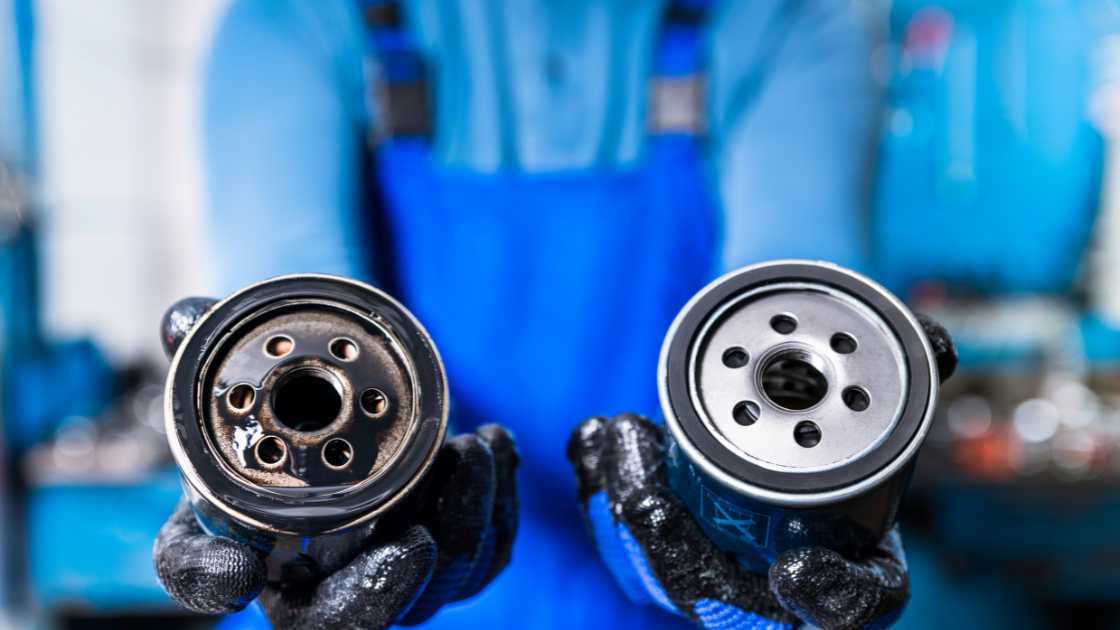When it comes to the mechanical components of a car, many parts work together to ensure smooth and efficient operation. One often overlooked but crucial component is the motor mount. Motor mounts play a vital role in securing the engine within the vehicle and reducing vibrations and noise. If you’re curious about how many motor mounts a car typically has, this article will provide you with the information you need.
There are 6 Steps to Typical Quantity of Motor Mounts in a Car
What Is a Motor Mount?
Before delving into the number of motor mounts in a car, it’s essential to understand what a motor mount is and its purpose. A motor mount is a component that connects the engine to the vehicle’s chassis. It acts as a cushion between the engine and the frame, providing stability and dampening vibrations generated by the engine. Motor mounts help maintain the engine’s position and isolate it from the vehicle’s body, preventing excessive noise and vibration from reaching the cabin.
Number of Motor Mounts in a Car
The number of motor mounts in a car can vary depending on the make and model of the vehicle, as well as the type of engine it has. However, most cars typically have three to four motor mounts. Here’s a breakdown of the motor mount locations in a typical car:
Front Engine Mount
The front engine mount, also known as the front motor mount, is located at the front of the engine bay. It connects the engine to the vehicle’s frame or subframe. This mount bears a significant portion of the engine’s weight and helps maintain its position, especially during acceleration and deceleration.
Rear Engine Mount
The rear engine mount is positioned at the rear of the engine. It serves a similar purpose to the front engine mount but is responsible for stabilizing the back end of the engine. This mount is crucial in preventing excessive engine movement during acceleration and braking.
Side Engine Mounts
In addition to the front and rear motor mounts, many cars have side engine mounts. These mounts are typically positioned on both sides of the engine. Side engine mounts contribute to the overall stability and alignment of the engine within the engine bay. They are essential in minimizing lateral movement and vibrations.
Transmission Mount
In some vehicles, particularly those with front-wheel drive, there may be a separate transmission mount. This mount secures the transmission, which is typically located adjacent to the engine, to the vehicle’s frame or subframe. While not technically a motor mount, the transmission mount plays a similar role in stabilizing an essential powertrain component.
The Importance of Proper Motor Mount Function
Having the correct number of motor mounts in your car, and ensuring they are in good condition, is essential for the vehicle’s overall performance and comfort. Damaged or worn-out motor mounts can lead to increased vibrations and noise inside the cabin, reduced stability, and potentially even damage to other engine components.
Regular maintenance and inspection of your motor mounts are critical to identifying and addressing any issues promptly. If you notice excessive engine movement, unusual noises, or increased vibrations while driving, it may be a sign that your motor mounts need attention.
FAQs
How many motor mounts does a typical car have?
A typical car usually has three to four motor mounts. These motor mounts are strategically placed to secure the engine within the engine bay and reduce vibrations and noise. The specific number may vary depending on the make and model of the vehicle, as well as the type of engine it uses.
What is the function of motor mounts in a car?
Motor mounts play a crucial role in a car’s operation. They connect the engine to the vehicle’s chassis, providing stability and isolating the engine from the vehicle’s body. Motor mounts help reduce vibrations and noise generated by the engine, maintain the engine’s position during acceleration and braking, and prevent excessive engine movement, ensuring a comfortable and efficient driving experience.
How can I tell if my car’s motor mounts need replacement?
There are several signs that can indicate the need for motor mount replacement. These include increased vibrations, especially when idling or accelerating, clunking or knocking noises from the engine bay, and noticeable engine movement during gear shifts or sudden braking. If you experience any of these symptoms, it’s advisable to have your motor mounts inspected and, if necessary, replaced to ensure the continued smooth operation of your vehicle.
Conclusion
In conclusion, the number of motor mounts in a car typically ranges from three to four, including front, rear, and side engine mounts, with the possibility of an additional transmission mount in some vehicles. These mounts are vital in ensuring the engine and transmission stability and isolating them from the vehicle’s frame, resulting in a more comfortable and efficient driving experience. Proper maintenance and replacement of motor mounts when necessary can help keep your car running smoothly.

Jeff Gordon is an accomplished writer with expertise in the basics of car accessories. With a keen eye for detail, Jeff has established himself as an authority on the subject, with a passion for all things automotive. Based in Jasper, Jeff is dedicated to providing readers with the information they need to make informed decisions when it comes to their car accessories.




